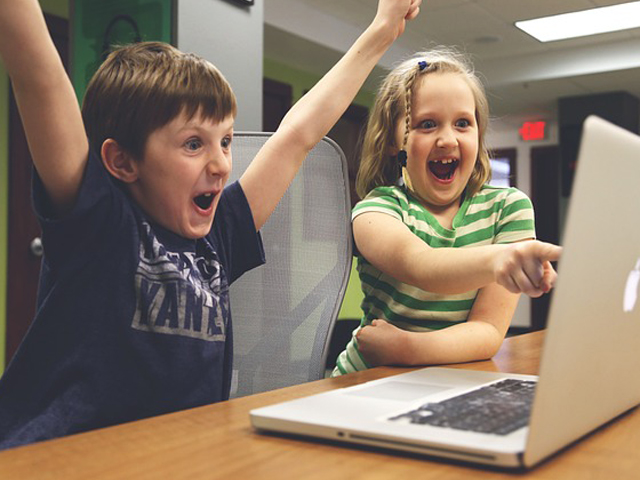
As an educator, improving your performance is crucial for ensuring that your students receive the best education possible. However, many educators face challenges in improving their performance due to various reasons. This article aims to provide six proven methods for improving performance in school as an educator.
Improving performance as an educator can significantly impact student learning outcomes. When teachers continuously work towards improving their skills, they can create a more engaging and effective learning environment for their students. This, in turn, can lead to better student engagement, higher test scores, and ultimately, student success.
Prioritizing Self-Care
Self-care refers to the practice of taking care of oneself, both physically and mentally. It involves activities such as exercise, proper nutrition, getting enough sleep, and engaging in activities that promote mental well-being.
Educators are often under a great deal of stress, which can take a toll on their physical and mental health. Prioritizing self-care can help educators to manage stress and improve their overall well-being, which can ultimately lead to better performance in the classroom.
Practical ways for educators to prioritize self-care include taking breaks throughout the day, engaging in physical activity, practicing mindfulness, and seeking support from colleagues or mental health professionals.
Continual Professional Development
Continual Professional Development (CPD) refers to the ongoing process of learning and development that helps educators enhance their knowledge, skills, and professional practice.
CPD is crucial for educators to keep up with the latest research and teaching methods, which can improve their performance in the classroom. It can also enhance their high school curriculum and career prospects, increase job satisfaction, and ultimately benefit their students. Some practical ways for educators to engage in CPD include attending conferences and workshops, participating in online courses and webinars, joining professional organizations, and reading professional literature.
Classroom Management Strategies
Classroom management refers to the strategies and techniques educators use to maintain an organized and positive learning environment in their classrooms. Effective classroom management can improve student behavior, engagement, and academic achievement. It can also reduce stress and promote a positive learning environment for both educators and students.
Some effective classroom management strategies include establishing clear expectations and routines, using positive language and reinforcement, addressing behavioral issues promptly and consistently, and creating a welcoming and inclusive classroom environment.
Collaborative Teaching
Collaborative teaching involves two or more educators working together to plan, deliver, and assess instruction for their students. Collaborative teaching can lead to improved teaching practices, increased teacher satisfaction and retention, and enhanced student learning outcomes.
Educators can engage in collaborative teaching by teaming up with colleagues to plan and deliver lessons, participating in peer observation and feedback, and collaborating with other educators in professional learning communities.
Technology Integration
Technology integration in education refers to the use of technology tools and resources to enhance teaching and learning experiences. It involves the incorporation of technology into lesson planning, delivery, and assessment.
Integrating technology into teaching can provide educators with opportunities to engage students in more interactive and personalized learning experiences. It can also increase productivity and efficiency, save time, and help educators stay up-to-date with the latest teaching strategies and tools.
Educators can integrate technology into their teaching by incorporating multimedia resources such as videos, podcasts, and interactive websites into lesson plans, using educational apps and games to reinforce learning, and leveraging digital tools for communication and collaboration with students and colleagues.
Positive Reinforcement
Positive reinforcement is a technique that involves providing rewards or praise to reinforce positive behavior and encourage its repetition. Using positive reinforcement can help educators create a positive and supportive learning environment, foster student motivation and engagement, and promote academic achievement.
Some effective methods for educators to use positive reinforcement in the classroom include providing verbal praise and recognition for students' efforts and achievements, offering incentives such as extra credit or rewards for positive behavior, and using a token economy system to reinforce positive behavior consistently.

In conclusion, improving performance as an educator is vital for creating a positive and effective learning environment for students. By prioritizing self-care, engaging in continual professional development, implementing effective classroom management strategies, engaging in collaborative teaching, integrating technology, and using positive reinforcement, educators can enhance their teaching skills and create better outcomes for their students. By adopting these proven methods, educators can enhance their skills, build stronger relationships with their students, and achieve greater success in their careers. Ultimately, the benefits of improving performance as an educator extend beyond the classroom and into the wider community, creating a positive impact on the future of education.











